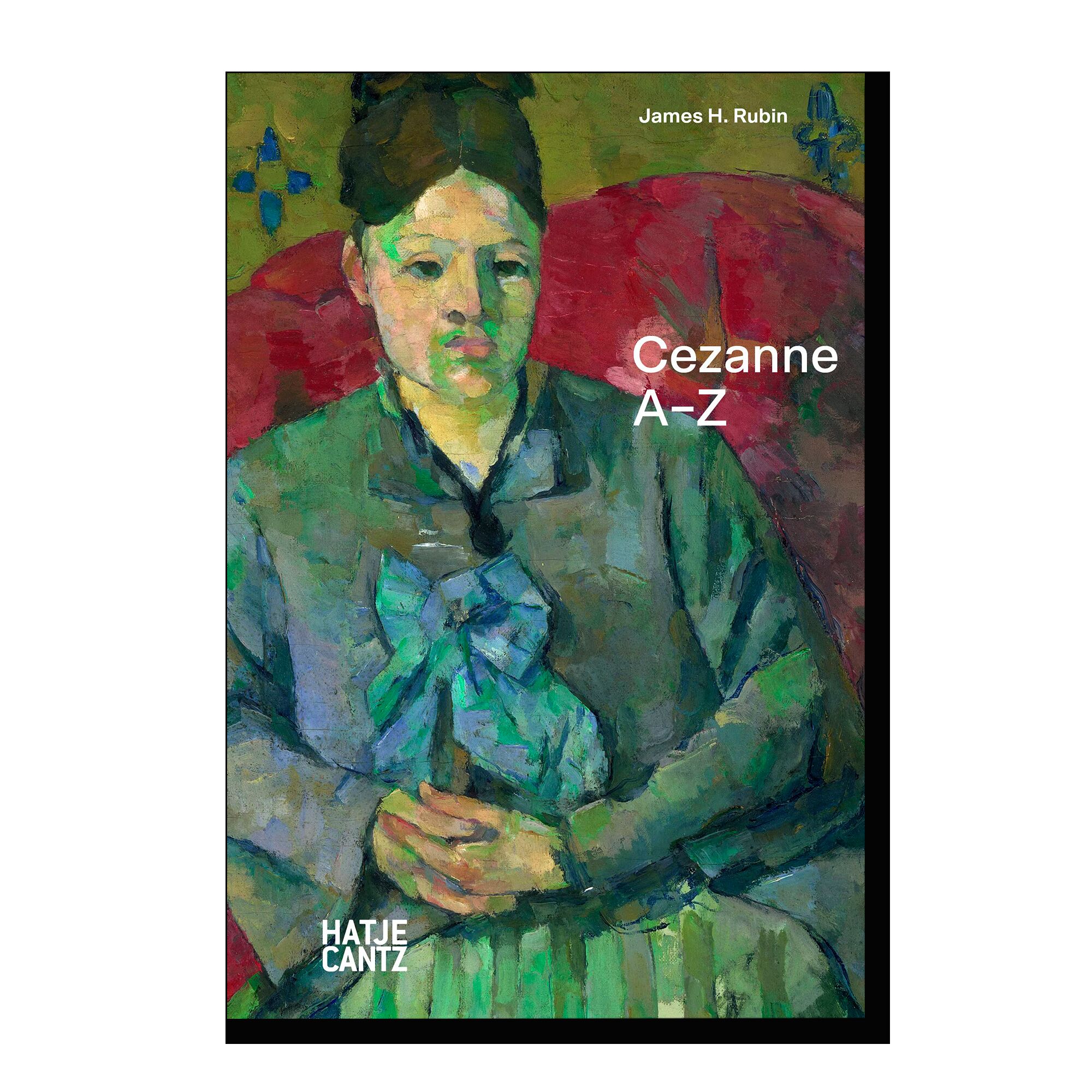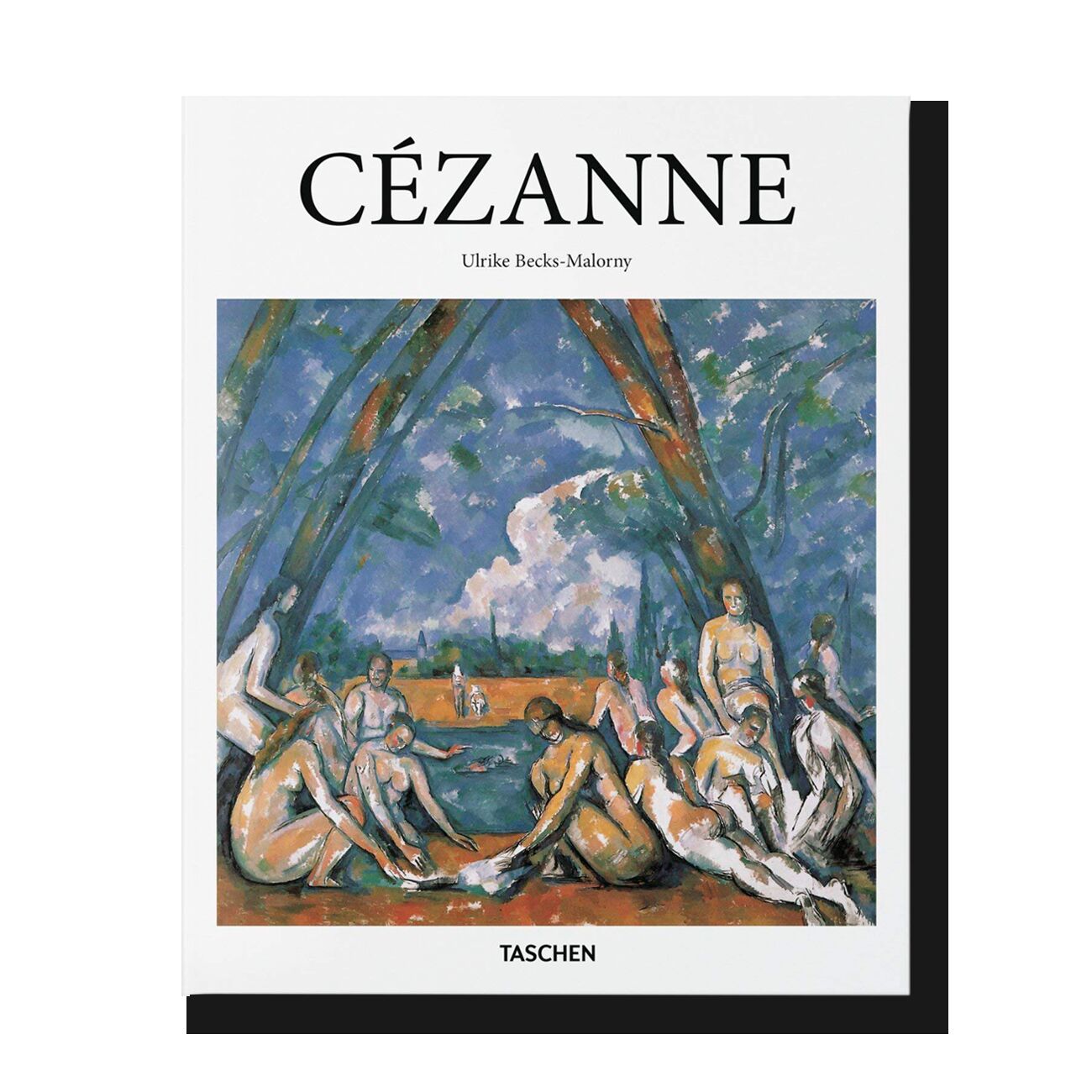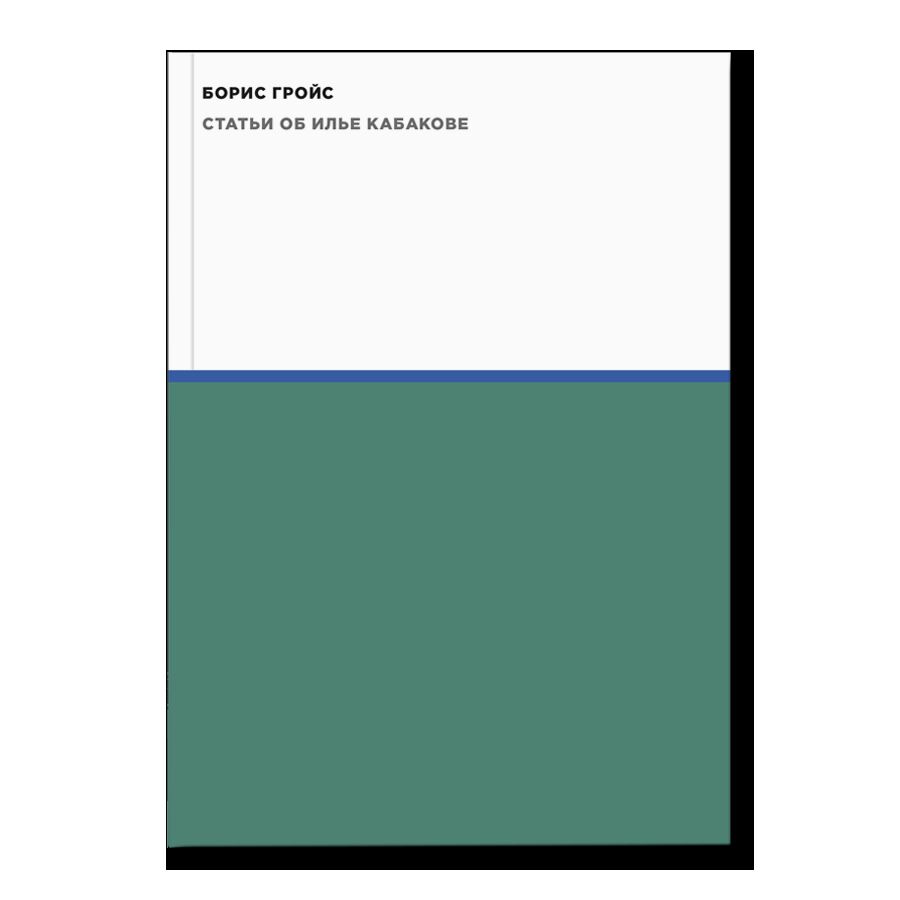Essays on Ilya Kabakov
- Year: 2016
- Language: Russian
- Publisher: Ad Marginem
- ISBN: 9785911033224
- Page: 136
- Cover: paperback
- About the Book
In a collection of essays on Russia’s most acclaimed contemporary artist and his close friend, philosopher Boris Groys analyses the key aspects of Ilya Kabakov’s practice.
Writing extensively on the artists of Moscow Romantic Conceptualism (a term he himself coined), Boris Groys has focused many of his analyses on the work of Ilya Kabakov, whom he considers to be the central figure of the movement.
Essays in this collection span the period from 1980 to 2008, when Groys wrote an article for An Alternative History of Art, a catalogue for the exhibition of the same name at Garage.
Groys’s analysis of Kabakov’s practice focuses on some of the artist’s best known works, including albums (Ten Characters, 1971–1976) and total installations (The Man Who Flew into Space from his Apartment, 1985, Toilet, 1992, and Where Is Our Place?,2004), as well as on some of the recurrent themes in his practice, such as space, garbage, flies and communal flats, which together make up the utopian narrative of Soviet culture.
The key questions that, according to Groys, have informed Kabakov’s work since the early 1970s, are those of the place of the artist, the artwork, the spectator, and finally, the place that art occupies in our society. Kabakov’s albums, installations and entire exhibitions revolve around the figure of a fictitious provincial artist, a simple-minded loser stuck somewhere between the official culture and the underground, and belonging to neither. This figure allows Kabakov to distance himself from his own work and take the role of a researcher, documentary maker, curator or simply an onlooker—as opposed to that of an ‘authentic creator’. Avoiding traditional oppositions (artist vs. spectator, the ‘high’ vs. the ‘low’), Kabakov, as Groys points out, ‘puts everything on the same level, the same surface where relations between the signifier and the signified are broken, and the two become equal elements in the same pile of trash.’





